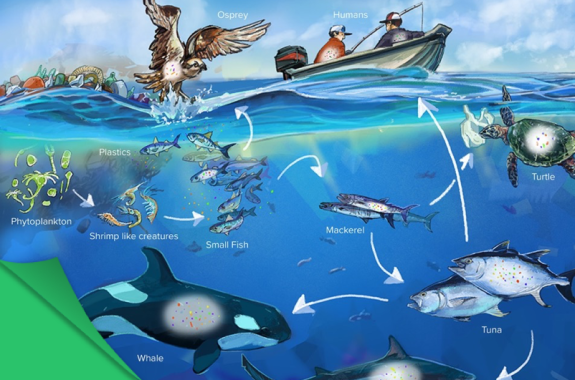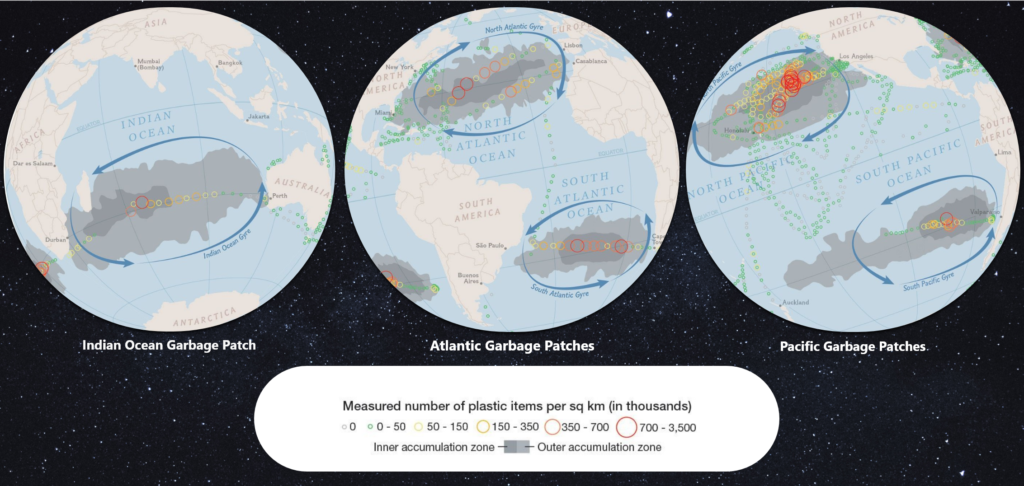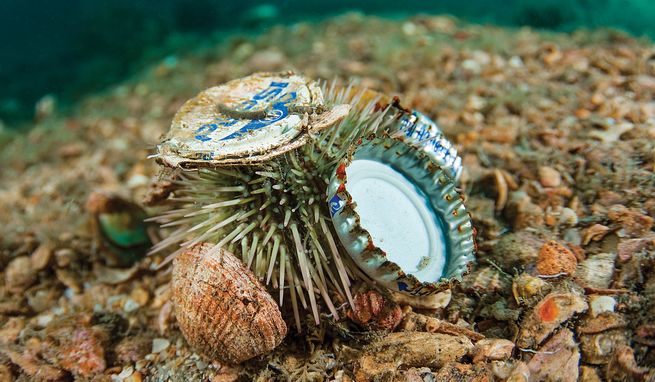Everything you need to know about the 5 Garbage Patches- What? Where? When? Who? Why? How?

Let’s talk trash!! all 269,000 tons of it, which is floating on the ocean surface (and there are tons of trash in the deep sea as well).
If you research online, you will find some alarming facts about what we as humans are doing to the earth’s oceans. The potential threat to the oceans are garbage patches.
What is a garbage patch and what is it made of?
A garbage patch is a collection of garbage in the ocean. It is formed by the five Ocean Gyres (rotating ocean currents) that pull debris/trash in the ocean and collect it in one location, forming “patches.”

Did You Know: Gyres are large systems of circulating ocean currents, something like a slow-moving whirlpool. They act as the oceanic conveyer belt that helps circulate ocean waters around the globe.
There are five ocean gyres:
- The Indian Ocean Gyre
- The North Pacific Ocean Gyre
- The South Pacific Ocean Gyre
- The North Atlantic Ocean Gyre
- The South Atlantic Ocean Gyre
Garbage patches are mostly made of practically everything plastic, like lighters, bottles, pens, cell phones, plastic bags, crates, cans, ropes, fishing nets and equipment, slippers, chairs, toys, bicycles….and the list goes on and on. You name any plastic product, and it is sure to be a part of these garbage patches.
Thanks to the COVID-19 (and our irresponsibility) we can add masks, gloves, and other PPE accessories to the already long list.
When we heal the earth, we heal ourselves
David Orr
Where are the garbage patches?
There are 5 major garbage patches in the world:

| Name | Location |
| The North Pacific Garbage Patch | Eastern Boundary: Extending between Hawaii and California) Western Boundary: Extending from Eastward of Japan to Hawaii |
| The South Pacific Garbage Patch | Between the east of Australia and the South American continent |
| The North Atlantic Garbage Patch | Off the North American coast. |
| The South Atlantic Garbage Patch | Southern Boundary: West to east of Antarctica. Western Boundary: South of Brazilian coast to Rio de la Plata |
| The Indian Ocean Garbage Patch | The central Indian Ocean between Perth (Australia) and Port Louis, Mauritius (Madagascar) |
The most famous and the largest among these garbage patches is the North Pacific Garbage Patch; also called the GPGP (Great Pacific Garbage Patch) and the Pacific trash vortex.
Researchers from the Netherlands have estimated the GPGP to be bigger than France, Germany and Spain combined.

When were these garbage patches discovered?
- The Sea Education Association conducted 22-year long research and documented the North Atlantic garbage patch in the year 1972.
- Charles J. Moore (oceanographer and boat captain) discovered the GPGP/North Pacific garbage patch in the year 1997.
- The 5 Gyres project discovered the Indian Ocean garbage patch and the South Atlantic garbage patch in 2010.
- The 5 Gyres project discovered evidence of the South Pacific garbage patch in the year 2011 and re-confirmed its existence in the year 2017.
Who is responsible for the formation of garbage patches?
The species accountable for this; Me, you and almost every human being on this planet.
According to World Bank statistics, we humans generate nearly 2.1 billion tons of garbage every year. In other words, an average person generates 700 grams of waste every day. However, it can vary between 0.11 to 4.54 KG per person. High-income countries account to 34% of the total world-waste generation (although they only accommodate 16% of the world’s population). About 8 million tons of garbage reaches the oceans mostly by land sources (80%) and ships (20%) every year.
Why should we be bothered?
Not only are these patches a threat to the ocean, but they are also harmful to humans and ultimately the planet. We all know that plastic is non-biodegradable. For example, a typical fishing net would take 600 years to perish on its own, and by perish it does not mean they disappear. They break down into smaller pieces (micro plastics), which is often consumed by marine creatures.
All species of sea turtles, along with 60% of whales and 60% of seabirds have plastic in their stomach. Even fishes consume plastic. So, eventually it will end up on our dinner table, like a classic example of “what goes around comes around”
Scientists predict that there will be more plastic in the ocean than fishes by 2050.
How do we solve this issue?
There are many ongoing initiatives to clean the ocean garbage and to find an alternative for plastic, but honestly, it is not enough. Let’s join hands and make our world a better place. We already know what to do.






It is sad to know that we are the reason behind this. Governments should concentrate on this rather than useless politics. Well-written article!! thanks for the info.
Right you are martin. Let’s hope the future is bright and clean.